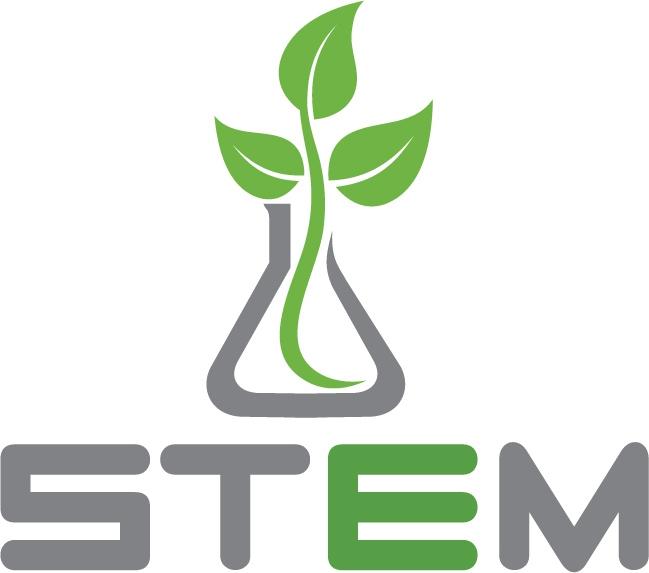STEM Transfer
Science, Technology, Engineering and Mathematics (STEM)
- Choose a STEM major
- Review required general education and major preparation coursework (varies by institution and major)
- In addition to the minimum admissions requirements, most institutions require a specified subset of base preparation courses be completed as admissions selection criteria
- Make an appointment with an LAPC Counselor to begin assembling a Student Education Plan (SEP) for STEM students to take charge of your STEM academic and transfer goals
To transfer to a UC campus you must complete at a minimum:
Checklist
- 60 UC transferable units,
- 2.4 GPA (2.8 if you are a non-resident),
- Seven course breadth pattern of general education:
- 2 transferable college courses in English composition
- 1 transferable college course in mathematical concepts and quantitative reasoning
- 4 transferable college courses chosen from at least two of the following IGETC subject areas:
- arts and humanities
- social and behavioral sciences
- physical and biological sciences
This is the website for minimum requirements.
To be a competitive applicant, check out the following links.
Checklist for Major Specific Requirements
- Major Preparation Requirements for all UCs (www.assist.org)
- If you have Advanced Placement (AP) Courses
- Advanced Placement (AP) credit taken by different UCs
Each UC takes AP credit differently and may be different per major. It is important you are placed in the right Math level depending on your AP score and the UC of your interest.
- Preferred general education for each UC: Keep in mind IGETC is NOT an admission requirement. Sometimes it is beneficial to complete the IGETC depending on your major and sometimes it will get in the way of the major preparation. Please look at this link when deciding whether to complete the IGETC.
- Are you Eligible for TAG:
Here are some links that are important when looking into STEM for University of California (UC) schools
- Transfer Pathways: Each campus has different requirements for major preparation. Here are 21 majors that have created common requirements for each major.
- Transfer Admission Planner (TAP): Begin tracking your classes with the planner.
Berkeley
Davis
Irvine
UCLA
Merced
Riverside
San Diego
Santa Barbara
Santa Cruz
To transfer to a California State University (CSU) campus you must complete at a minimum:
Checklist
- 60 transferable units
- 2.0 GPA
- "The Golden Four":
- Oral Communication
- Written Communication
- Critical Thinking (Not required for CSUN prior to transfer)
- Mathematics/Quantitative Reasoning
Checklist for Major Specific Requirements
- Please refer to assist.org for major preparation courses.
- Follow one of the STEM GE Plans:
- CSU GE plan
- IGETC for your general education courses.
- For students interested in applying to CSUN's Computer Science and Engineering majors, please follow the following general education, Plan R. Do not follow the CSU General Education.
If you are applying to transfer to a CSU, you should consider the Associate Degree for Transfer program. An Associate Degree for Transfer may allow you an increased chance for admission to a CSU campus and guarantees that you will graduate in 60 units after transfer as long as you remain in the major deemed similar to your Associate Degree for Transfer.
Important STEM-related Transfer Information at California State Universities.
STEM Majors are often impacted at CSU campuses, be sure to review the major specific requirements for impacted CSUs.
If you are planning to apply to Cal Poly San Luis Obispo, you MUST go to these websites for transfer information:
- #12 in Best Undergraduate Engineering Program
- Biological Sciences: #54 among schools and #11 in California
- Chemistry: #48 among graduate schools
- Computer Science: #20 and #12 in Artificial Intelligence among graduate schools
- Math: #44 among graduate schools
- Physics: #61 among graduate schools
Some things to consider when transferring to USC:
- They average out the grades with courses that have been repeated.
- They consider 14-16 units as a full-time student load and expect transfer students to maintain this amount of units while at Pierce in the Fall and Spring semesters.
- Students should not have more than 3 Withdrawals (Ws) on their transcript to be more competitive- or be able to explain why.
- You can apply to USC after one year of community college work (30 units), rather than the 60 unit minimum of UCs and CSUs.
USC Transfer Checklist
- Check USC TPG for General Education and Major Preparation requirements for USC
- Complete undergraduate USC writing requirement (Pierce College course: English 102 or English 103 or Philosophy 5).
- Check USC Transfer Student average GPA admitted
- Check this site
- Meet with USC Admission Counselor for Los Angeles Pierce College Students
Meghan Bresnahan: @email, (213) 740-7058
When looking into Private and Out-of-State schools, here is a checklist of things to do before seeing a counselor:
- Visit the website of interested school and look up admission requirements for transfer
- Go to the Los Angeles Pierce College (LAPC) Transfer Center website and review the requirements for transfer to private and out of state. Some things to check out:
- Common Application
- Western Undergraduate Exchange (WUE)
- LAPC's Articulation agreements with private and out-of-state schools.
- What schools have Transfer Admission Guarantees (TAGs).
- Transfer Center local private school information
- Make contact with the transfer advisor at the private and out-of-state school you are interested in to discuss their transfer process.
- Schedule an appointment with a Counselor at LAPC to discuss the transfer process further.
There are many paths and programs that lead to a Registered Nursing Licence for transfer students. We have defined some common terms to help you below. You will also find a worksheet to help you get organized in your research.
ADN- Associate Degree in Nursing Many community colleges offer programs! Including Pierce College. Students can continue to BSN program once they complete ADN and become an RN.
BSN- Bachelor of Science in Nursing There are TWO options when applying to BSN programs: • Pre-Licensure Route (NO RN/ ADN completed) • Post- Licensure Route (RN/ ADN to BSN)
Do some students prepare to apply to apply for both ADN and BSN programs? YES! You will need to do thorough research and compare the requirements (general education and major preparation courses) for all the programs you are applying for.
Some websites for career exploration in STEM:
The Career Center has resources available to begin your career exploration relating to a possible STEM major, including research and internship opportunities.


